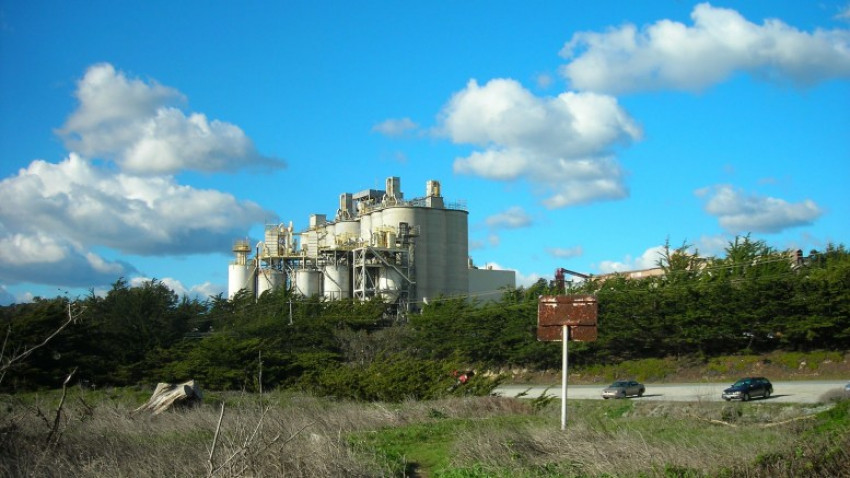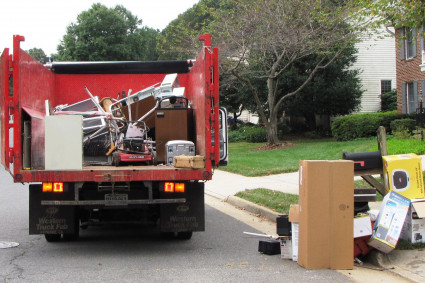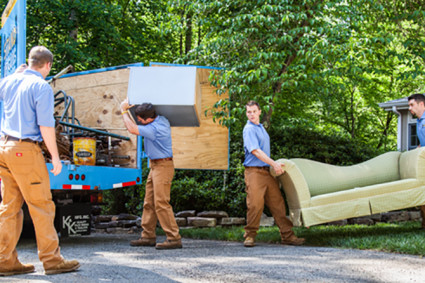
Direct air capture techniques help in producing market-ready CO2 at the desired level of purity.
What is Direct Air Capture?
The term Direct Air Capture refers to a technology that is used to capture carbon (iv) oxide from the atmosphere.
Captured Carbon dioxide can be stored for a long time and can be used to produce chemicals, fuels, building materials, and all the other stuff that contains CO2.
DID YOU KNOW?
At this period, there are at least 15 direct air capture plants that are operating worldwide and are capturing almost 9000 tCO2 per year.
Common Methods of Direct Air Capture
Industrial processes that involve the removal of CO2 from the gas streams are also known as Direct Air Capture.
Now let’s discuss some of the most common methods of direct air capture.
Liquid Solvent Process
The liquid Solvent Process is one of the most commonly used processes for Direct Air Capture.
Aqueous Potassium Hydroxide solution is reacted with Carbon (IV) oxide present in the air to produce Potassium Carbonate in the ar contractor.
The CaCO3 is then filtered and water is removed from it, CacO3 is then heated with the natural gas to about 900c this process produces solid calcium dioxide and Carbon dioxide gas with a high level of purity, The produced carbon can then be stored
Solid Sorbent Systems
Solid Sorbent Systems is also a commonly used Direct Air Capture Process, Solid Sorbent Systems also consist of two main processes for Direct Air Capture which are known as adsorption and desorption.
So, let’s discuss how it works, In the Solid Sorbent, System air is blown through a solid adsorbent that contains an air contactor.
Here, the carbon dioxide which is present in the air is adsorbed into the solid adsorbent then this Solid Adsorbent which contains the carbon dioxide is heated, this process frees’ the carbon dioxide from the solid adsorbent.
The advantage of the Solid sorbent-based direct air capture process is that the processes require less amount of thermal energy.
The Interest in direct air capture has increased in the recent frame of time among the industries, these industries had planned to reduce their carbon emissions to approximately 0. (Usually referred to as the Net-Zero Goal)
The IGP (inter-governmental panel) on Climate Change had estimated that we might extract 100 billion tons of CO2 from the atmosphere by the end of this century this could be possible by planting more trees or by Direct Air Capture Process.
Ever wondered about the chances of net-zero emissions and a solution to Climate change? Well, wonder no more. Carbon capture, utilization, and storage have really high odds of a greener future for everyone! Following the issue of sustainable economic growth aimed towards net-zero emissions, which the climate change debate has brought to the fore, carbon capture, utilization and storage have been ventured into by many reputable Agencies such as the International Energy Agency (IEA), The International Governmental Panel On Climate Change, the United Nations and many oil and gas companies, among others.
Carbon Capture, Utilization, and storage, (CCUS) is a set of technologies that are employed in the capturing of Carbon dioxide (CO2) emissions at source preventing entrance into the atmosphere.
This captured CO2 is then transported for reuse or storage in the appropriate facilities or underground. Some of the applications of captured CO2 include Enhanced Oil Recovery (EOR) for petroleum production, feedstock for hydrogen production, fertilizer, and lots more.










